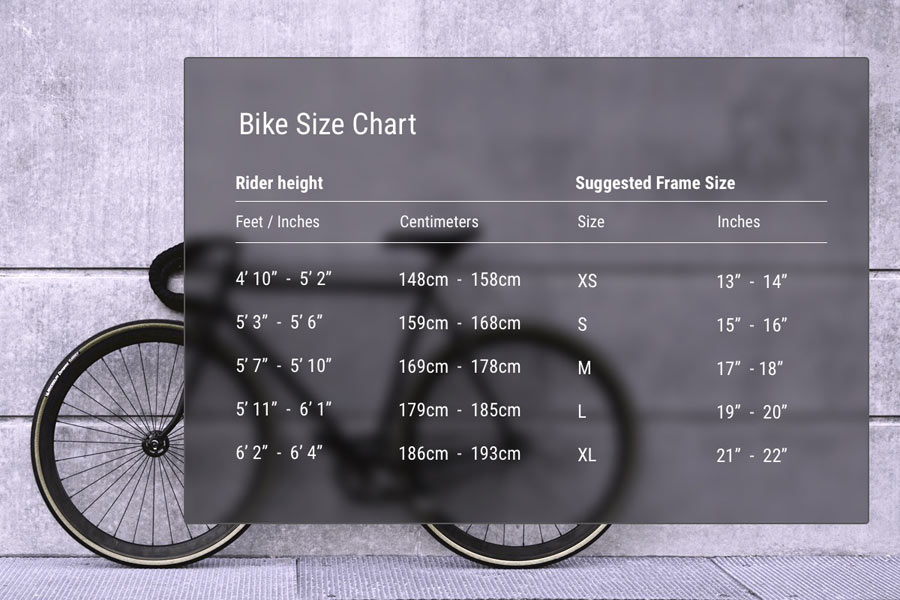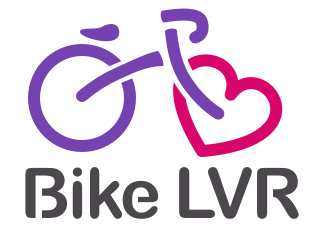
Buying the right bicycle can be intimidating when you’re just getting started. With so many options available, deciding what kind of bike you want and, more importantly, how to get one that fits you can feel overwhelming. A wrong-sized bike is likely to quickly turn you off because you’ll be uncomfortable, get tired more quickly, and feel like you don’t have control. In this blog post, we’ll break down the process of choosing the perfect bike for your needs and making sure it fits you like a glove.
Fitting your new ride takes a little bit of knowledge, measurements, and time to find the right bike for your body. Arming yourself with this information will ensure that you get the right fit for your body type, bike style, and riding preferences. This guide provides you everything you need to know before you purchase a new-to-you bike.
Determine Your Riding Style
The first step in buying the right bicycle is to identify the type of riding you plan to do. Are you looking for a bike to commute to work, for leisurely rides on weekends, or for more serious exercise and training? Here are some common types of bicycles to consider:
- Road bikes: Lightweight and designed for speed, these bikes are perfect for long rides on paved surfaces.
- Mountain bikes: With sturdy frames and wide, knobby tires, mountain bikes are built for off-road terrain and trails.
- Hybrid bikes: Combining elements of road and mountain bikes, hybrid bikes are versatile and suitable for various riding conditions.
- Cruiser bikes: These comfortable, easy-to-ride bikes are ideal for leisurely rides around town or at the beach.
- Electric bikes: Equipped with a motor to assist with pedaling, electric bikes can make your ride easier, especially on hills or long distances.
What Type of Frame?
There are two basic frame types to choose between. Bikes that are designed for women tend to have slightly different geometry. The distance between the stem and the seat isn’t as long because women tend to have shorter torsos and shorter reaches. The average woman’s height is not as tall as the average man’s height, so women’s bicycles are also not as tall as men’s.
Everybody’s anatomy is different. When you understand the differences between the overall sizing of women’s bikes vs. unisex bikes, you can consider your own frame to decide which bike frame is best for you. Do you have long arms or legs? Are you taller than average? If so, a unisex frame may work better for you.
If you’re buying a bike for commuting around town for fun, you may be looking at one other difference between unisex and women’s bikes. In the olden days of cycling, women’s bicycles had a downward-sloping top tube. This step-through frame made it easier for someone wearing a skirt to hop on for a ride. True, this could still be beneficial when riding while wearing a skirt, but, other than that, it’s purely aesthetic.
Take Your Measurements
There are two measurements you need to start with: your height and your inseam length. To get an accurate height measurement, take your shoes off before pulling out the measuring tape. Whether you have someone to help you or not, it’s best to stand flat against a wall and make a small pencil mark at the top of your head. Be sure the pencil is resting against the top of your head and parallel to the floor before making your mark.
Take your inseam measurement while standing against a wall, shoes off, as well. Hold a ruler or book at the top of your inseam, and then use a pencil to mark the spot. When you measure the height of both marks, use inches, not feet. You’ll also want to convert to centimeters, as some types of bikes use the metric system. Road bikes are almost always in metric sizes. Mountain bikes can be in inches. Some manufacturers provide an S/M/L size, but you should still be able to find out what physical measurement range each size correlates with.
Head to Your Local Bike Shop
Once you have these measurements, you can start your bike hunt. You can purchase a bicycle online, but if you’re new to cycling, your best bet is to head into a cycle shop and have someone help you out. This way, you’ll be able to test out different options and make any necessary adjustments before buying your bike.
Determine Standover Clearance
After you’ve selected a bike and determined if the frame size is right based on your measurements. The first thing to check out is the standover clearance. This is the distance between your crotch and the top tube. If the top tube is too high, you’ve got a safety issue. When you straddle the tube, you should have at least a one-inch clearance. Keep in mind that different manufacturers may have slightly different sizing charts, so it’s always a good idea to consult the specific size guide for the bike you’re considering!
Adjust the Saddle
Next up, getting your saddle height set. A second person comes in handy here, so let someone in the bike department help you out with this step if you’re at a shop. Otherwise, grab a friend. The other person will hold on at the handlebars while you hop on. Place your heels on the pedals (now you know why you need someone to help!) and push one side down to the bottom of your stroke. Your leg should be straight and still touching the pedal without having to reach for it. Adjust your seat up or down as necessary. When you’ve got it set with your heel in place, try it out with the balls of your feet, as you would normally pedal. Now, at the bottom of your stroke, your knee should be slightly bent.
As you make your seat-height adjustments, pay attention to the markings on the post. There will be a line that denotes the minimum insertion point. Make sure that you can set your seat to the correct height without raising it above this line, or you risk the integrity of the frame and your safety. If you can’t set your seat to the right height, you need a bigger bike.
Make Other Necessary Adjustments
Before you leave with your new bike, there are a few other components that you may need to adjust to ensure you have the right size and fit, including:
- Stem: The stem is the component that holds the handlebars. Making changes to this part is one way that you can fine-tune your new ride to your anatomy, making it more comfortable and easier to control. Swapping out for a shorter or longer stem can alter the reach and change the handlebar position.
- Handlebars: When it comes to bike fit, the handlebars and the stem function together. There are different handlebar styles for different types of riding and maneuvering. One thing to look out for is how wide your handlebars are. If you have narrow shoulders, you might need to look for narrower handlebars.
- Brake levers: You need to be able to comfortably reach and easily operate your brakes. If you have to work at it, you need to make some adjustments. You may be able to adjust the stock levers, as many of them have adjustment screws, but switching to shorter levers is another option.
With these final adjustments, you should be good to go! However, make sure you take the bike out for a spin before you take it home. After you’ve ridden it for a while, you may find that you need to make some additional adjustments, but you shouldn’t have to change your bike size.
Size Your Road Bike
Road bikes are built for speed. The frame shape is one factor that contributes to cycling efficiency because it puts you in a position to pedal faster while encountering less wind resistance. Often, you’ll see road bikes with handlebars situated lower than the seat. However, this might not be so comfortable for you, so feel free to raise the handlebars to a height that works for you based on your flexibility and reach.
Size Your Mountain Bike
One thing you might notice when comparing a road bike to a mountain bike is that the frame size is smaller for a mountain bike. A mountain bike sized for someone who is 5’6” is smaller than a road bike sized for that same person. The difference allows for more maneuverability on the trails. However, you don’t want to be cramped on your bike, either, as that reduces your control.
Size Your Hybrid Bike
A hybrid bike combines elements of touring and mountain bikes. These bicycles tend to put you in a more upright and relaxed position, allowing you to see what’s out in front of you on your morning commute. You can also take these on some light off-road trails, but a mountain bike gives you better control for more technical riding. Sizing a hybrid bike is truly about comfort.
Size Your Touring Bike
Touring bikes are closer to road bikes in their overall design, but they’re built to handle long rides while carrying gear. When you size a touring bike, you want your handlebars to be closer to even with your saddle, or even a little higher, rather than going low.
Do a test Ride
Finally, always take your potential new bike for a test ride. This will give you a sense of how it handles and whether it feels comfortable and responsive. Additionally, don’t hesitate to seek expert advice from knowledgeable staff at your local bike shop. They can help guide you through the process and make recommendations based on your specific needs and preferences.
More about bike sizes and parts here.
